Get Fresh Tropical Fruits & Exotic Fruits exclusive in best prices
Buy Tropical Rambutan Fruit Box
Buy Tropical Rambutan Fruit Box – The fruit of the rambutan tree is small and can range in shape from an oval to a circular, with a diameter of 3 to 5 cm on average. Rambutans come in a rainbow of colors and patterns, from red to orange to yellow to a combination of these and other tones.Buy Tropical Rambutan Fruit Box Canada
Spinterns are the soft, spine-like projections that cover the fruit’s semi-thick, hard, and leathery rind. The white, translucent, or pale pink flesh beneath the rind is delicious and chewy, and it encloses an oblong, light brown seed that is encased in thin, papery layers. The aroma of rambutans is reminiscent of a tropical rain forest, and their flavor is sweet and delicious with a hint of acidity, with hints of strawberry and grape.Buy Tropical Rambutan Fruit Box Canada
Why Hurry to Order Rambutan Exotic Fruit?
Seasonally, rambutans appear in the late fall and early winter in many parts of the world. Trees in Central America typically only bear fruit during one season of the year, while in Southeast Asian tropical regions, they bear fruit twice a year.
The fruit’s limited shelf life also makes international shipping difficult. Rambutan trees are prized for more than only their fruit because of the striking contrast between the colorful fruits and the dark green leaves.Buy Tropical Rambutan Fruit Box Canada
Rambutan Fruit Review
Nephelium lappaceum, the formal name for the exotic fruit known as rambutan, is a member of the Sapindaceae family of trees. Native to Southeast Asia, the tropical fruits are typically eaten straight from the hand. They are in the same family as the lychee. Rambutans come in over two hundred different types, each with its own unique coloration, taste, and look. Because of its hairy, spine-like appearance, the Malaysian term “rambut,” which means “hair,” was used to give the fruit its English name.
The popularity of rambutan as a fresh fruit, in sweets, and as a beverage flavoring has led to a rise in its production around the world. Hundreds of fruits can drop from the trees in a single growing season. Because of their delicate skin, rambutans must be plucked by hand, in clusters.
Some Health Benefits of the Rambutan Fruits
In addition to providing vitamin C, an antioxidant that boosts the immune system and decreases inflammation, rambutans are a wonderful source of copper, which helps maintain bones and nerves. Smaller amounts of iron, phosphorus, manganese, and magnesium are also contributed, and the fruits’ fiber content helps to keep the digestive system regular.
Buy Tropical Rambutan Fruit Box
How to Use the Exotic Fruit Rambutan
The sweet flavor of rambutans is best experienced when they are eaten fresh, out of hand. You can eat the raw flesh after removing the seed by either cutting apart the rind or peeling it by hand. It’s possible to eat the seed if you heat it first. The sweet flesh can be utilized in a variety of ways, including as a garnish for desserts like sorbet and ice cream, or as an ingredient in savory dishes like curries and soups.
The fruits can also be used to make jams, jellies, and drinks when muddled or simmered to make a simple syrup. Rambutan can be used for longer periods of time when stewed or canned, in addition to its fresh forms. Coconut, pineapple, kiwi, and mango, as well as aromatics like ginger, lemongrass, turmeric, and mint, honey, and meats like fowl, fish, and beef, all go well with rambutan. Wrapped in a moist paper towel and placed in a vented bag, whole rambutans will keep in the refrigerator for up to three days. Due to their susceptibility to drying out, the fruits are best enjoyed fresh.
Get Rambutan Fruits for Sale Near Me
Over half of the world’s supply of rambutan is grown in Thailand, where the fruit is cultivated for both the fresh market and the canning industry. In 1926, a man named K. Vong introduced the planting of rambutans to Thailand. He did it in the Ban Na San area of the Surat Thani province.
The trees’ decorative value and fruitfulness led to their rapid ascent to the ranks of the province’s most lucrative agricultural exports. Increasing agritourism is another reason for the rise in the production of rambutans. An annual fall rambutan fair is conducted to recognize and honor the contribution of this tropical fruit to the local economy.
History of Rambutan Fruits
Wild rambutans have been a part of the flora of Indonesia and Malaysia for thousands of years. Located in the Indian Ocean off the coast of East Africa, the Tanzanian archipelago of Zanzibar is widely believed to have been introduced to rambutan by Arab traders sometime between the 13th and 15th centuries. Fruits from these regions eventually made their way to South America in the 19th century.
Rambutan is now widely distributed throughout the tropics, from Asia and the Pacific to Australia and Africa, the Americas to the South Pacific, and even Hawaii in the United States. Most of the world’s supply of these fruits comes from Indonesia, Thailand, and Malaysia, although there has been a recent uptick in production in Central America with the intention of shipping them to the United States.
FAQs
What are the health benefits of rambutan fruits? Rambutan fruits are rich in vitamin C, copper, iron, phosphorus, manganese, magnesium, and fiber. They support immune health, improve skin health, aid in digestion, and provide essential nutrients.
How do I know when rambutans are ripe? Ripe rambutans have a vibrant red, orange, or yellow skin with soft, spine-like projections. The flesh inside should be white, translucent, or pale pink and slightly firm.
How can I use rambutans in cooking? Rambutans can be eaten fresh, added to fruit salads, used in desserts like sorbet and ice cream, or incorporated into savory dishes like curries and soups. They can also be used to make jams, jellies, and drinks.
Can I order rambutans in Canada? Yes, you can order Tropical Rambutan Fruit Boxes online in Canada, and they will be delivered fresh to your doorstep.
What is the history of rambutan fruits? Rambutan fruits have been growing wild in Indonesia and Malaysia for thousands of years. They were introduced to other parts of the world by Arab traders and have become popular in many tropical regions.
Are rambutan seeds edible? Yes, rambutan seeds are edible when cooked. They become mellow and nutty, adding a unique flavor to dishes.
Additional Information
| QTY | 1 Pound, 5 Pounds Box, Medium Box(10 Pounds), Large Box(20 Pounds), Enormous Box(35 Pounds) |
|---|
You must be logged in to post a review.
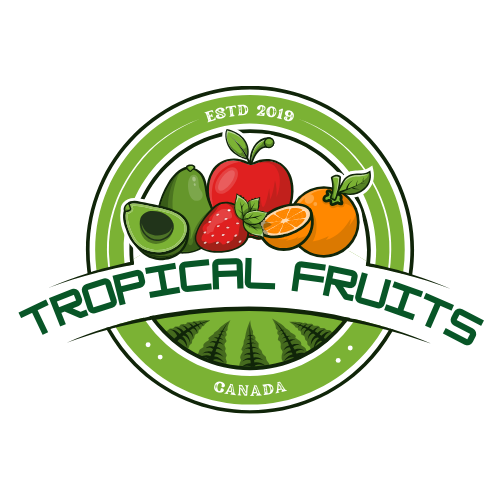




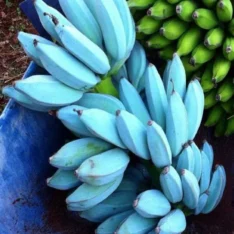
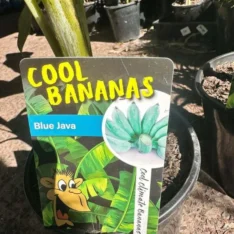
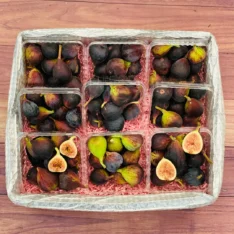
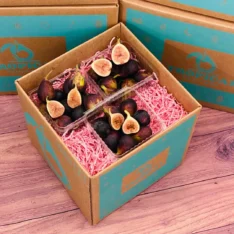
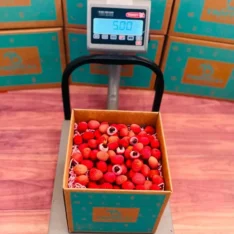
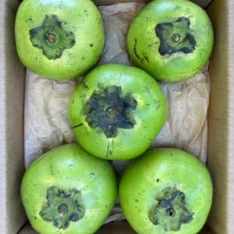
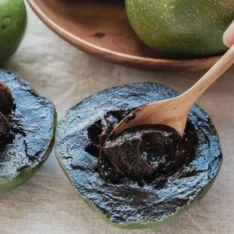

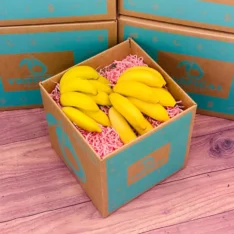
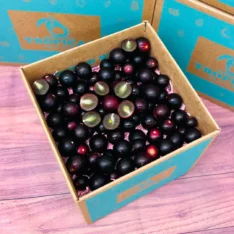
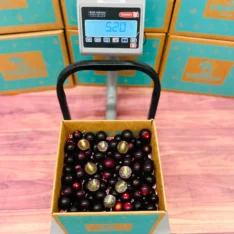
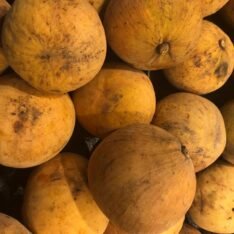
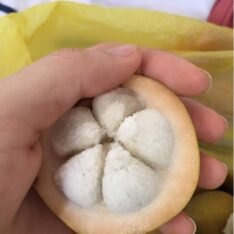
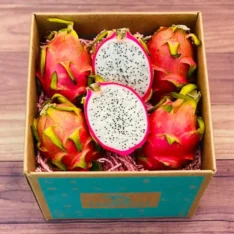
Reviews
There are no reviews yet.